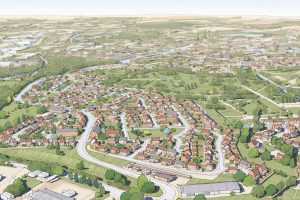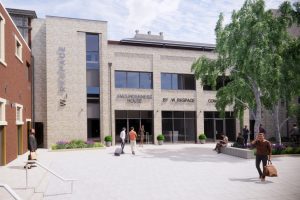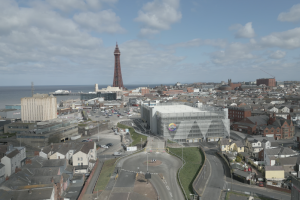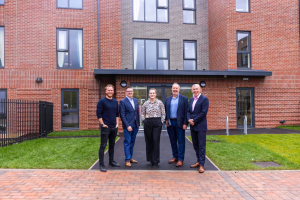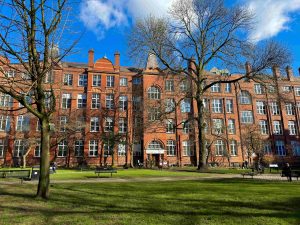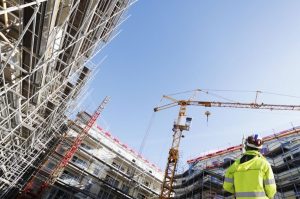Manchester primed for major expansion

David Lathwood analyses the North West property picture
RECENTLY I was delighted to contribute an essay to BNY Mellon’s Manchester 2025 report, which looked at how the city is likely to evolve over the next decade.
As part of the wider report, the piece focused on the city in terms of its property development story and I wanted to call out the key things Manchester has going for it and why these are priming it for expansion.
It all starts with the talent. Having the amenities, bars and restaurants to attract Manchester’s student population and retain graduates brings the businesses, that find it easy to grow here, which puts the city on the map for property investment.
I discussed Manchester’s ability to attract and retain graduates in my last blog for TheBusinessDesk but it is a core issue to the virtuous circle – with the population of young people in the city driving the market for restaurants, bars and a creative scene and subsequently improving the experience for many more graduates and students.
The same can be said for the business community. Now that international businesses are setting up camp in the city, there’s further reason for this talent to stay around. Meanwhile, the strong labour pool is driving the ‘northshoring’ phenomenon, which is seeing more large firms looking to Manchester as an alternative to the capital and South East, given the efficiencies achievable coupled with the availability of professional talent.
Development activity to support this is already bulking up – but this is all in the context of high demand and long-term shortages of commercial office and industrial space as well as in the residential market, which means investors who are considering the UK as a destination are set to continue to keep a close eye on Manchester.
When we look back in ten years’ time at today’s city there’s little doubt that it will appear very different. This is obvious considering the impact landmark schemes like Allied London’s St John’s and Manchester Mayfield are set to have on the city and when we’re reminded of how Spinningfields has, in a short time, become a central part of the inner workings of the city.
In addition, Manchester’s population is expected to grow by 125,000 to 2.87 million in the next 10 years according to the Office for National Statistics. This means the city’s residential stock will have to grow by an additional 9,000 homes every year for the next five years, with 18,000 annually for the North West, to meet this demand.
Given Manchester’s relatively compact city centre zone, which will begin to broaden to envelope fringe areas like MediaCity, Oxford Road and Great Ancoats Street, the visible step change in its built environment will be very obvious.
As more businesses enter the city, and enjoy the rates of expansion many have witnessed over recent years, and its talent pool both broadens and deepens, Manchester will undoubtedly see paced growth in the coming years.

